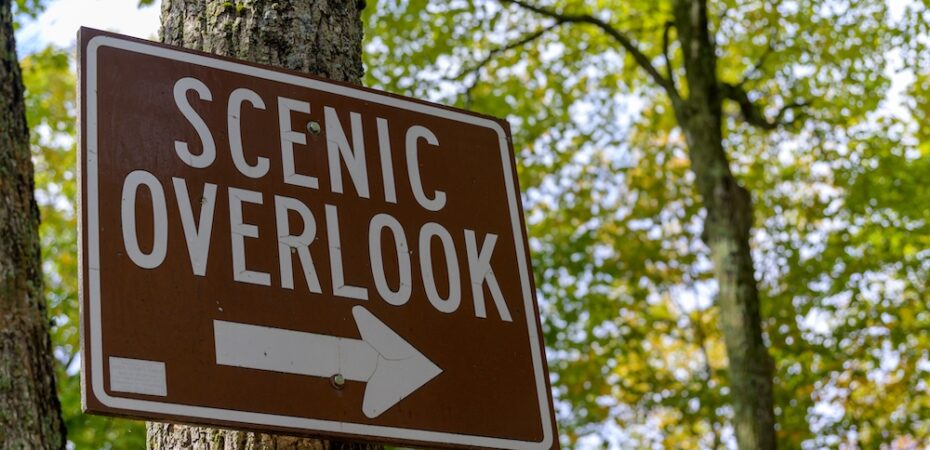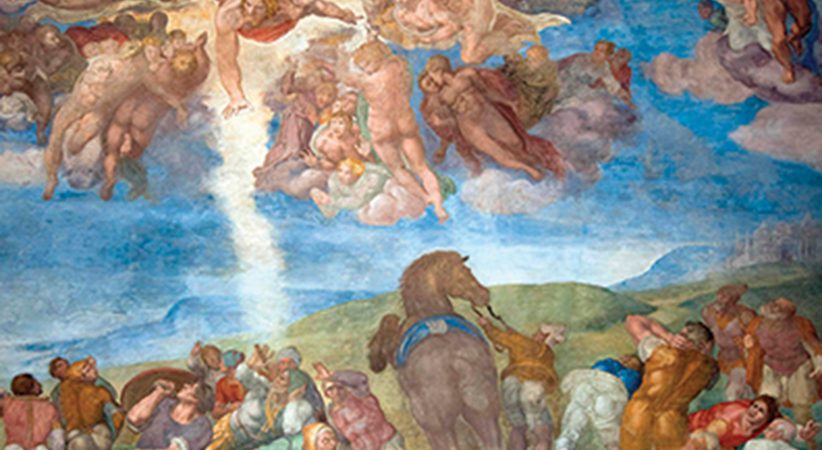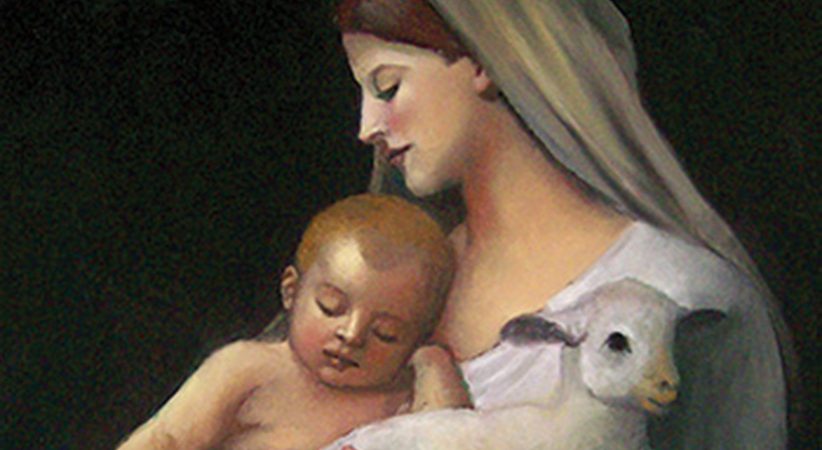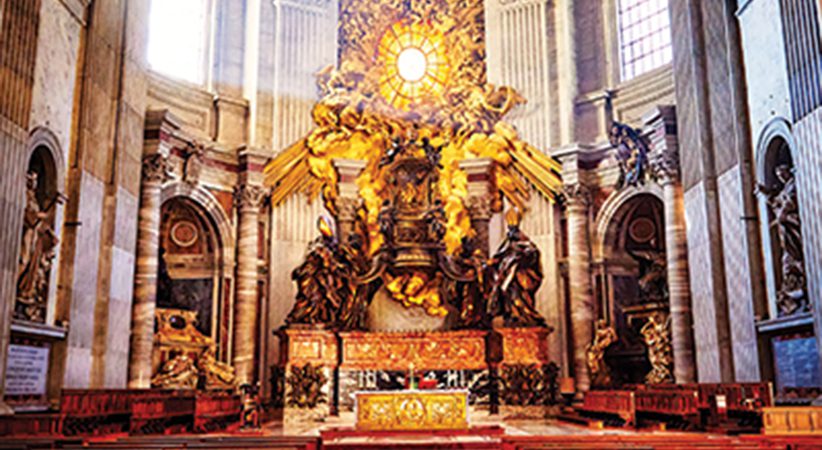Living with Tension
Facing challenges collaboratively, objectively and with great sensitivity
Bishop David J. Bonnar Comments Off on Living with Tension
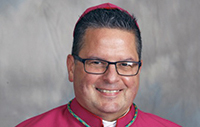 I don’t know about you, but when I travel on the highways, or freeways as they are called in Ohio, and see those signs that say “Scenic Overlook Ahead,” I am always tempted to stop and behold the view. There is something renewing in pausing and just looking, and, even more so, in listening. Isn’t this what we do every day in our prayer? We stop, look and listen, not just at our lives but at those around us. More importantly we look and listen at our amazing God.
I don’t know about you, but when I travel on the highways, or freeways as they are called in Ohio, and see those signs that say “Scenic Overlook Ahead,” I am always tempted to stop and behold the view. There is something renewing in pausing and just looking, and, even more so, in listening. Isn’t this what we do every day in our prayer? We stop, look and listen, not just at our lives but at those around us. More importantly we look and listen at our amazing God.
It’s not just in prayer that we capture a view of things. Every day in ministry is like being at that scenic overlook. I once had a retreat master tell us, “The priest has a front-row seat in the drama of life.” Indeed, what a privilege and, at times, a challenge it is for us to see what we see and hear what we hear as God’s ministers.
What are you seeing? What are you hearing in your prayer and ministry? Think about it! What is your perspective of the Church and the people whom you serve? Over two years ago, my seat changed, so to speak, when I was named a bishop. The view that is before me as I travel throughout a six-county diocese is wider than what I was accustomed to as a pastor.
Nevertheless, what I see and hear is something that I saw and heard again and again in the parish — namely, tension. Now, tension need not be a bad thing. The dictionary defines tension as “the state of being stretched tight.” Living bodies like the Church need to have a capacity that allows for stretching as well as the proper give and take.
But tension can have its challenges, too. For example, the New Oxford American Dictionary also defines tension as “a strained state or condition resulting from forces acting in opposition to each other.” From my perspective, the tension of opposition is real, not just in the Church, but in our country. This tension, which manifests itself in myriad ways, has engendered, in some cases, a lethal extremism that does not allow for dialogue or even compromise, resulting in deep division. And yet, it is in this context that we priests are charged to do all that we can to realize the great priestly prayer of Jesus, “That they may all be one” (Jn 17:21).
We all, no doubt, in our given ministries, have our own set of tensions that must be faced each day. As a bishop living in the Rust Belt, I am finding that one of the most difficult tensions exists between those who identify their faith with a particular church building as opposed to those who find their faith in a community of people seeking to follow Jesus. Because of changing demographics, fewer priests and dwindling financial resources in some areas of the diocese, I have had to close some church buildings. This work is never easy. I understand the pain and the loss, especially knowing that family members helped to build these holy dwellings. These decisions are never easy and always must be dealt with collaboratively, objectively and with great sensitivity.
BISHOP DAVID J. BONNAR, editor of The Priest, is bishop of the Diocese of Youngstown.

